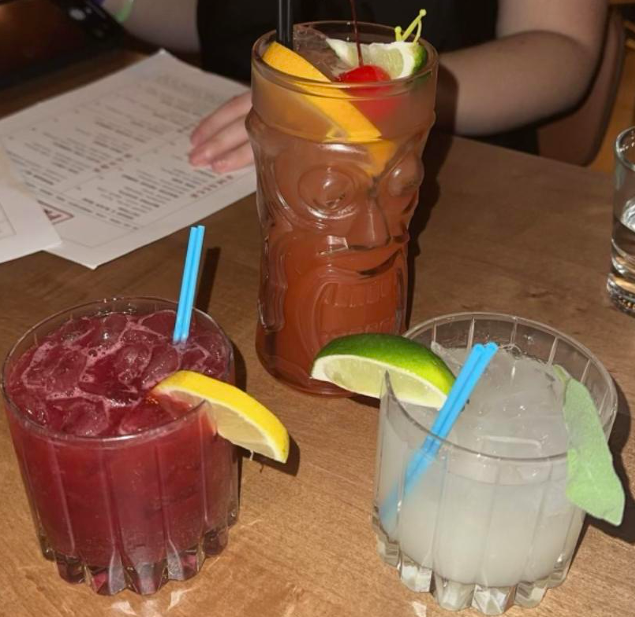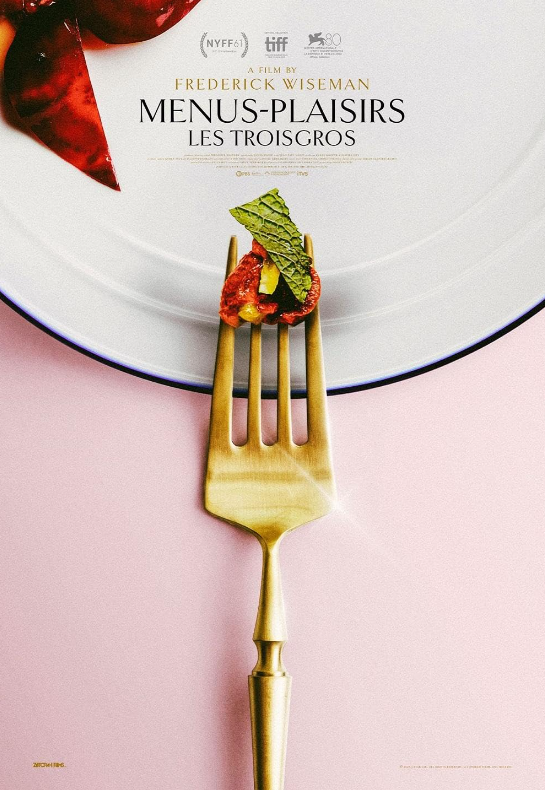The Republic of Ireland is famous for many things, including shamrocks, leprechauns, fierce religiousness and an even more fierce hatred of the British. But if the Emerald Isle is famous for one thing above all else, it’s beer.
The people of Ireland are renowned far and wide for their love of that Holy Grail known as the pint, and in the spirit of this great drinking tradition, I decided to travel to Cork, the second-largest city in the republic, to find out what Irish beer is all about.
The first thing to know about Irish drinking is that, with the exception of one or two national brands, the beers available on tap are highly regional. While Guinness and Carlsberg are available anywhere, what’s on tap in Cork is not what’s on tap in Belfast or Dublin.
That being said, pints are divided into three categories: stouts, ales and ciders. We’ll start with the first and most popular group, stouts.
The classic Irish brew, stouts are dark beers characterized by a heavy body and a bitter finish. While heavy in taste, they are surprisingly light in calories and will fill up a light drinker in no time flat.
Guinness is far and away the most popular stout in the Republic and, for better or for worse, it has become the unofficial symbol for the country. While there is a big deal made about trying it “from the source,” Guinness tastes largely the same across the pond as it does in the U.S. malty, thick and black as night, it has the same bitterness and taste in the homeland as most drinkers love, but with perhaps a bit more thickness. The main difference lies in achieving the proper pour, an art form that is well-mastered in Ireland, but never guaranteed in the States.
If you happen to find yourself in the south of the country, Murphy’s is the drink to look up. Brewed in County Cork, it has a creamier taste and thicker head than Guinness, which is balanced out by a less significant finish. Whether this is a positive or a negative depends on personal preferences of bitterness, but Murphy’s is certainly a beer to keep an eye out for.
The third major brew in this category is Beamish. While many look down on the drink, those who do are quite enthusiastic. This discounted stout is surprisingly good, with a thick head and more of a bite than some cream stouts.
Ales are a broader category. While less popular than stouts, they come in come in much more varieties and colors.
Irish red ales have a long history, and while the classic export to the United States is Killian’s, the horse-headed beer is difficult to find in bars and package stores. More popular by far in Cork is Rebel Red beer. Named after the proud rebel tradition of the area, this beer is dark amber-red in color but surprisingly light in body. Like most reds, it has a mellow and refreshing flavor with little malt and only a hint of hoppiness.
Honey Dew is another, decidedly less traditional variety of ale available. A well-made beer, Honey Dew is brewed entirely organically. The natural honey gives it a light, sweet background that is difficult to achieve without overpowering the hops. Medium-bodied and light, Honey Dew is seriously good selection on shelves that are starved for locally-brewed ales.
The final pint-filler available on tap is cider. Very different from the spiced ciders of New England, Irish cider is light and carbonated, in the same vein as the sparkling cider given to kids on New Years in lieu of champagne. Ranging from five to six percent alcohol, they are a good substitute for those who don’t have the taste for beer, but don’t want the heavy booze packed by most cocktails.
By far the most popular bar cider is Bulmers, a nationwide brand that inexplicably goes under the name of Magners in Northern Ireland. Bulmers is thick and sweet, with a full flavor that easily trumps the “malt beverages” that pass for beer substitutes in the U.S. While it is good, I couldn’t help reminiscing of cold, alcoholic apple juice whenever I was poured a glass.
In contention with Bulmers is Druids, a self-styled “Celtic Cider” whose true Celtic roots are questionable at best. Druids has a lighter, fruitier taste than Bulmers, but as with all things sweet and light it can leave the drinker with a case of dry-mouth.
In addition aforementioned brews, Ireland’s stores and pubs are often a cross-section of European beer culture. Belgian, German, Danish and even American beers are represented, although the classic locals are always in style. Micro-brews are rare but existent, and the locals seem to appreciate a good glass of suds no matter where it comes from.
One thing is for sure: the Irish are not going to be putting down their pint glasses any time soon. St. Paddy’s day has come and gone but as always, the taps flow on.
Andrew Sheridan can be reached at [email protected].












